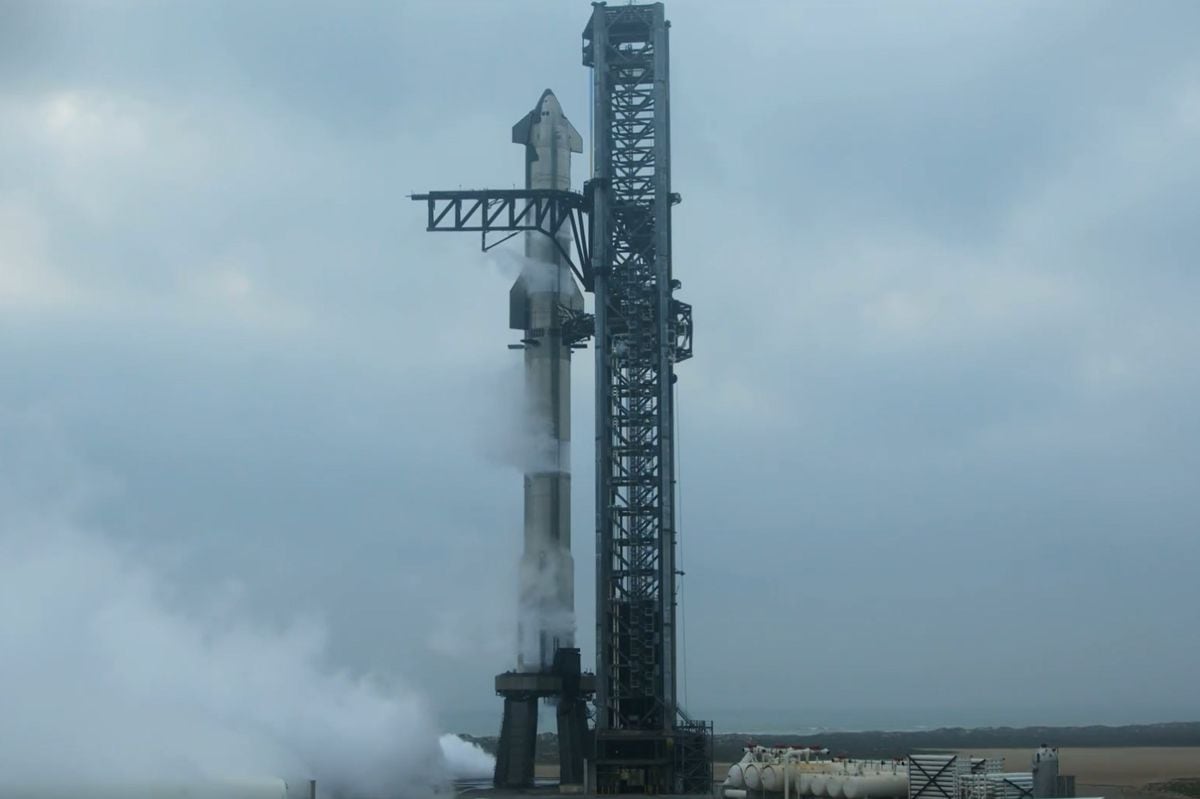The Orion spacecraft near the moon (photo: NASA)
This month it will be exactly 50 years since the day when the last man left the land of the moon.
On December 11, 1972, astronauts Eugene Kernan and Harrison Schmitt landed on the moon as part of the Apollo 17 mission, and they were also the last to leave it.
Karnan, who was the last person to walk on the moon, gave a short speech in honor of the occasion: "We leave as we came and we will return again, with peace and hope for all mankind."
Since then, for 50 years no human foot has set foot on the lunar soil.
The Artemis space mission series, which symbolically ends this very week its first mission, Artemis-1, came to fulfill Kernan's promise, and return humans to the moon, this time for a permanent return, and beyond the moon - eventually, to Mars.
Artemis is a very important mission for the American space agency NASA, and its most important mission in years and since the shutdown of the space shuttle program. With Artemis, NASA, which somewhat cleared the stage for competing agencies such as the Russian space agency Kosmos and private space ventures such as Elon's SPACEX Musk or Bezos' Blue Origin, returns to being a major player in space and deep space exploration.
The heaviest missile in the world
At the heart of Artemis is the development of a new spacecraft, actually an integrated system consisting of a large rocket, the SLS, the "Orion" passenger and cargo cabin, and new ground systems.
The SPACE LAUNCH SYSTEM or SLS for short, is the largest rocket that NASA has ever developed, and it actually competes with Musk's private STARSHIP, and according to the space agency, it is also the heaviest rocket in the world. The purpose of the SLS is to safely carry Astronauts to the moon, and later also to Mars.
Artemis is a very important mission for the American space agency NASA. The Orion spacecraft in space (photo: NASA)
The Artemis-1 mission, which these days ends its orbit around the moon and begins its journey back to Earth (we will soon tell about the difficulties in landing), is in fact an unmanned "test drive" for the SLS rocket and the Orion spacecraft.
It will be followed by manned missions, with the goal being in 2024, to land humans on the moon again with the help of the new spacecraft.
By the way, inside Orion are mannequins, whose purpose is to collect data on possible effects on humans, when the manned mission goes to the moon.
Orion, which was successfully launched after the historic launch 39B about two weeks ago, in the meantime is making no mistakes - it reached the desired distance, sent spectacular images, and just yesterday (Thursday), began a maneuver that uses the moon's gravity as a slingshot that will return it to Earth, not before making a final flyby over The surface of the moon, about a hundred kilometers above it.
Orion, which was successfully launched after the historic launch 39B about two weeks ago.
Artemis mission launch (Photo: GettyImages)
5000 degrees
The last test, and the most difficult except for the critical moments of the launch that are already behind us, will be the re-entry into the Earth's atmosphere, and a successful landing.
Orion will enter at a speed of 40 thousand km/h(!) which will create serious friction with the atmosphere and a lot of heat, which will reach 2760 degrees Celsius (or 5000 Fahrenheit). The spacecraft, which we mention - has to transport humans safely in the brutal conditions of space.
By the way, Orion is also built to deal with extreme temperature changes, which are also derived from the journey in space, while the passengers, by the way, will continue to enjoy a stable and pleasant temperature of 25 degrees - which is also recommended by the electric company!
If all goes well, Artemis-1 is expected to land back on Earth in about a week, activate parachutes and land in the cool waters of the Pacific Ocean, off the coast of San Diego, where a marine rescue team will be waiting for it, which is already training for the pick-up.
Thus, on December 11, the Artemis 1 mission will end, and with it exactly 50 years after the last man landed on the moon - the United States begins the historic journey anew.
technology
Tags
Artemis
NASA
moon








